 |
||
|
||
| ||
 Dmitry D. Maksutov invented a catadioptric system (National Prize of the USSR, 1941) over 60 years ago. Such systems have developed since that time and replaced the legendary MTO with Rubinar produced by JSC LYTKARINO OPTICAL GLASS FACTORY. MTO lenses had fine tolerance for centering. Rubinar lenses have a similar optical system but the design has undergone some changes: earlier mirror covered the back of the front meniscus lens, and now it is attached to a "plug" in the hole in the center of the meniscus. Although the tolerance is the same, the new manufacture technology allows making lenses of the resolution of 50 lp/mm, which is 10 lp/mm more than that of MTO or ĒM - 5 CA, and the price is rather moderate ($100). The lens tested consists of three components: afocal meniscus which
maintains the emergent ray parallel to the incoming one and helps to eliminate
spherical aberration, a mirror system, and a compensator correcting comatic
aberration and curvature of image surface. Chromatic aberration is perfectly
corrected in the lenses. The catadioptric lenses focus by shifting the
meniscus with the mirror attached to it relative to the fixed mirror and
cemented lens. Such focusing approach makes possible to turn from shooting
at infinity to short distances with the meniscus moving just a little bit.
Such devices are mainly used in astronomy. The biggest Maksutov telescopes (70 cm meniscus diameter) are mounted in the Abastumani Astrophysical Observatory (Georgia) and the Cerro EL Roble Observatory (Chile). But catadioptric systems are also used in photography. A bit later I will show you some examples of what MS Rubinar 8/500 is able of together with digital cameras Canon EOS D60 and Casio QV4000.  Canon D60 + TK-2 + MS Rubinar - 8/500 Catadioptric lenses have one fixed aperture. In comparison with ordinary
lenses these ones have bigger diameters at the same aperture. The
light flux is adjusted with neutral filters of various density. The lens
we are working with comes with H-4x neutral filter (thread 77x0.75) and
O-2.8x orange one, as well as with a blend. There are higher-aperture catadioptric
lenses but this one is not that thick to be an obstacle for a built-in
flash. In the tests we used the lens of M42 thread (lenses with bayonet
K are also produced). The lens attaches to Canon EOS D60 with an adapter
ring from Poisk-Foto.
The shots of the resolution chart show that the lens have almost no chromatic
abberations. The resolution is perfect as well; probably, it is limited
by the matrix. But the light scatter factor is high, and the image contrast
is thus low. But it's not too bad taking into account 16bit data representation
in Canon camera and supported editing.
The lens covering power is about 5 degrees for a frame of 24x36 mm. As the matrix is smaller than the film, an image made with this lens and a digital camera will look like one taken with a 750mm lens and a film camera. If you add teleconverter TK-2 or TKL-2, the angle of the field of vision will correspond to lenses of 1500mm focal length for 35mm film cameras. Optical arrangement of teleconverter TK-2 With such optical system the diameter of the Moon will be 1150 pixels. Below you can see the shot of the Moon made without a teleconverter, and one made with teleconverter TK-2 (Kharkov Fine Instrument Making Plant) is here (83 KB). 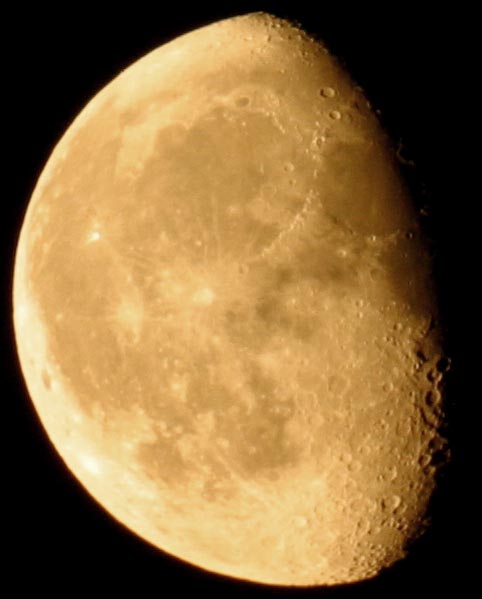 Canon D60 + MS Rubinar -8/500 The camera with this lens can be a good camera gun, though you can't shoot birds in flight. You should use a tripod to get acceptable sharpness; focusing must be very precise. At the distance of 10 m the DOF (depth-of-field) calculated with this program makes only 10 cm. 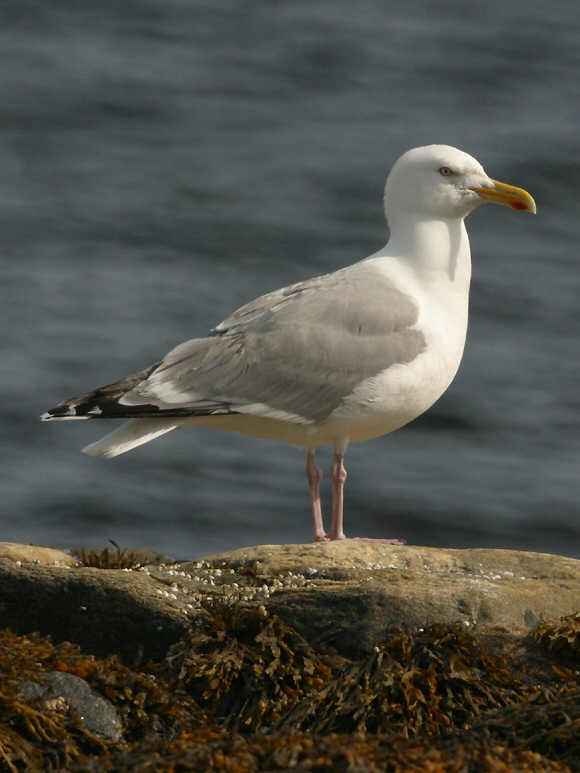 Canon D60 + MS Rubinar - 8/500 Click on the photo to see the whole image. File size: 267KB. Flight of birds should be pictured with optical systems of much shorter focus, but the auto focus makes possible to get a sharp image exactly when a bird is right above you. The photo below is taken with Soligor lens of 210 mm focal length. This is a reduced image, - click on it to get the whole one. 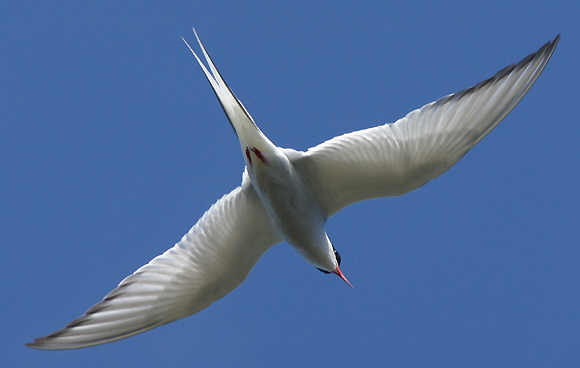 Canon D60 + Soligor -2.8/210 Click on the photo to see the whole image. File size: 65 KB. At such a low DOF a large part of a shot can be blurred. DOF resolution is paid a great deal of attention these days, there is even a special concept of Bo-Keh. Supposedly, sometimes a blurry part of an image can worsen impression of even an outstanding plot. It is considered that for good unsharpness energy diagrams of diffusion spots of an optical system should have a high peak in the center decreasing to zero at the spot edges. The energy diagram of a diffusion spot drops down in the center for a catadioptric lens. That is why unsharp point sources of light will form circles. Unsharp thin lines will double. Actually, this is a disadvantage, but sometimes image can be unexpectedly pleasant. 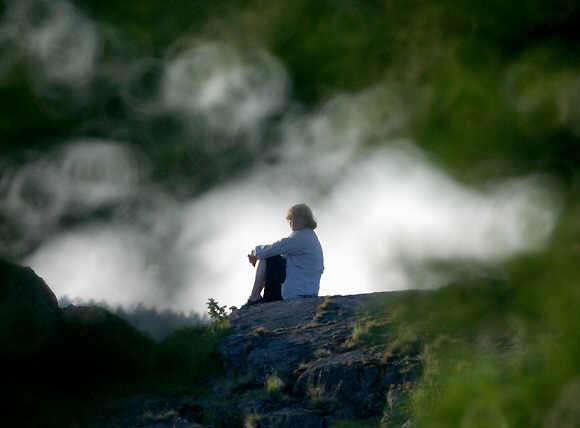 Canon D60 + MS Rubinar - 8/500 With an eye-piece attached to the lens we can use it as a telescope or mount it to cameras with unremovable lenses, as it's shown in Kepler Telescope Review. 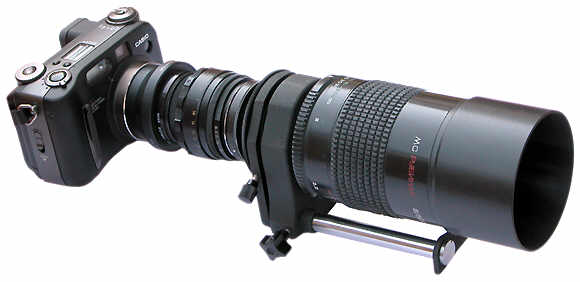 Casio QV4000+ Gelios 44 + MS Rubinar - 8/500 Have a look at the photos of a stump shot from the same point with Casio QV4000 equipped with a telescopic system comprised of Gelios 44 and MS Rubinar-8/500 lenses; with Canon D60 MS Rubinar-8/500; and with Canon D60 coming with TK-2 teleconverter and MS Rubinar-8/500 lens.  Casio QV4000 + Gelios 44 + MS Rubinar-8/500 (fragment)  Canon D60 + MS Rubinar-8/500  Canon D60 + TK-2 + MS Rubinar-8/500 Write a comment below. No registration needed!
|
Platform · Video · Multimedia · Mobile · Other || About us & Privacy policy · Twitter · Facebook Copyright © Byrds Research & Publishing, Ltd., 1997–2011. All rights reserved. |